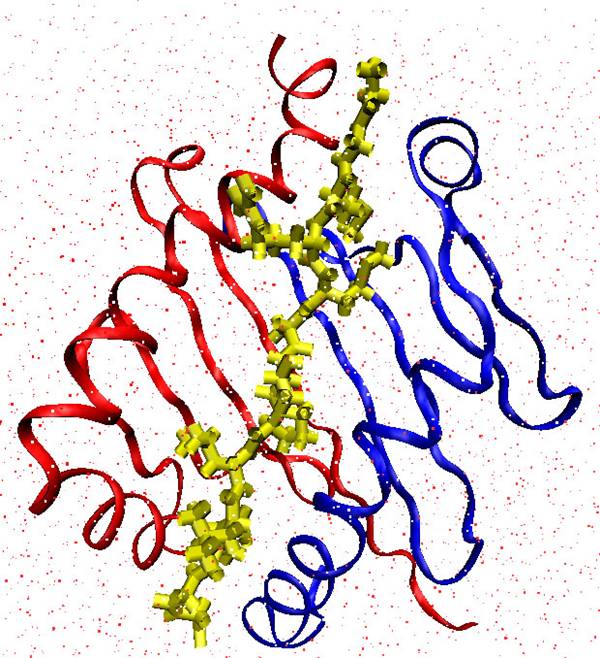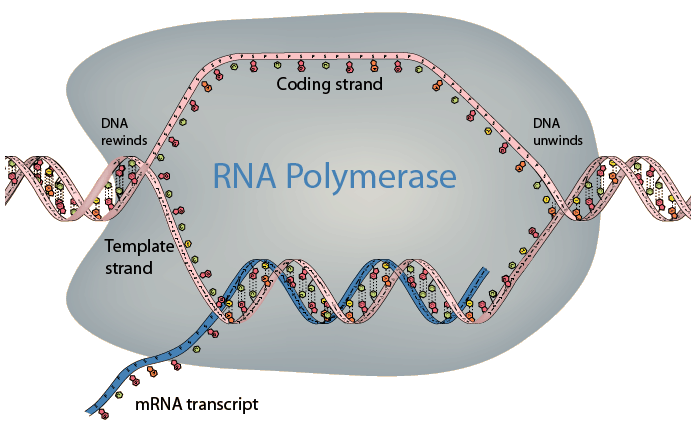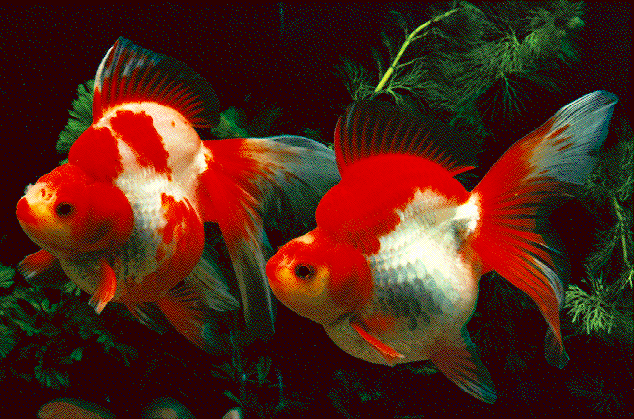Sang-Chul Han, Gyeoung-Jin Kang, Yeong-Jong Ko, Hee-Kyoung Kang, Sang-Wook Moon,Yong-Seok Ann and Eun-Sook Yoo

Abstract
Background: Allergic skin inflammation such as atopic dermatitis (AD), which is characterized by pruritus and inflammation, is regulated partly through the activity of regulatory T cells (Tregs). Tregs play key roles in the immune response by preventing or suppressing the differentiation, proliferation and function of various immune cells, including CD4+T cells. Recent studies report that fermentation has a tremendous capacity to transform chemical structures or create new substances, and the omega-3 polyunsaturated fatty acids (n-3 PUFAs) in fish oil can reduce inflammation in allergic patients. The beneficial effects of natural fish oil (NFO) have been described in many diseases, but the mechanism by which fermented fish oil (FFO) modulates the immune system and the allergic response is poorly understood. In this study, we produced FFO and tested its ability to suppress the allergic inflammatory response and to activate CD4+CD25+Foxp3 Tregs.
Results: The ability of FFO and NFO to modulate the immune system was investigated using a mouse model of AD. Administration of FFO or NFO in the drinking water alleviated the allergic inflammation in the skin, and FFO was more effective than NFO. FFO treatment did increase the expression of the immune-suppressive cytokines TGF-β and IL-10. In addition, ingestion of FFO increased Foxp3 expression and the number of CD4+CD25+Foxp3+ Tregs compared with NFO.
Conclusions: These results suggest that the anti-allergic effect of FFO is associated with enrichment of CD4+CD25+Foxp3+T cells at the inflamed sites and that FFO may be effective in treating the allergic symptoms of AD
Download Full Article HERE

































